Low light photography presents both challenges and opportunities for photographers. Whether you’re capturing the ambiance of a dimly lit street scene, stage/concert choreography, the quiet beauty of a moonlit landscape, or the intimate details of a candlelit dinner. It enables you to the mastery of low light photography. It leads to stunning and evocative images. In this article, we will explore the techniques, equipment, and creative approaches that can help you elevate your low light photography skills and capture captivating images in challenging lighting conditions.
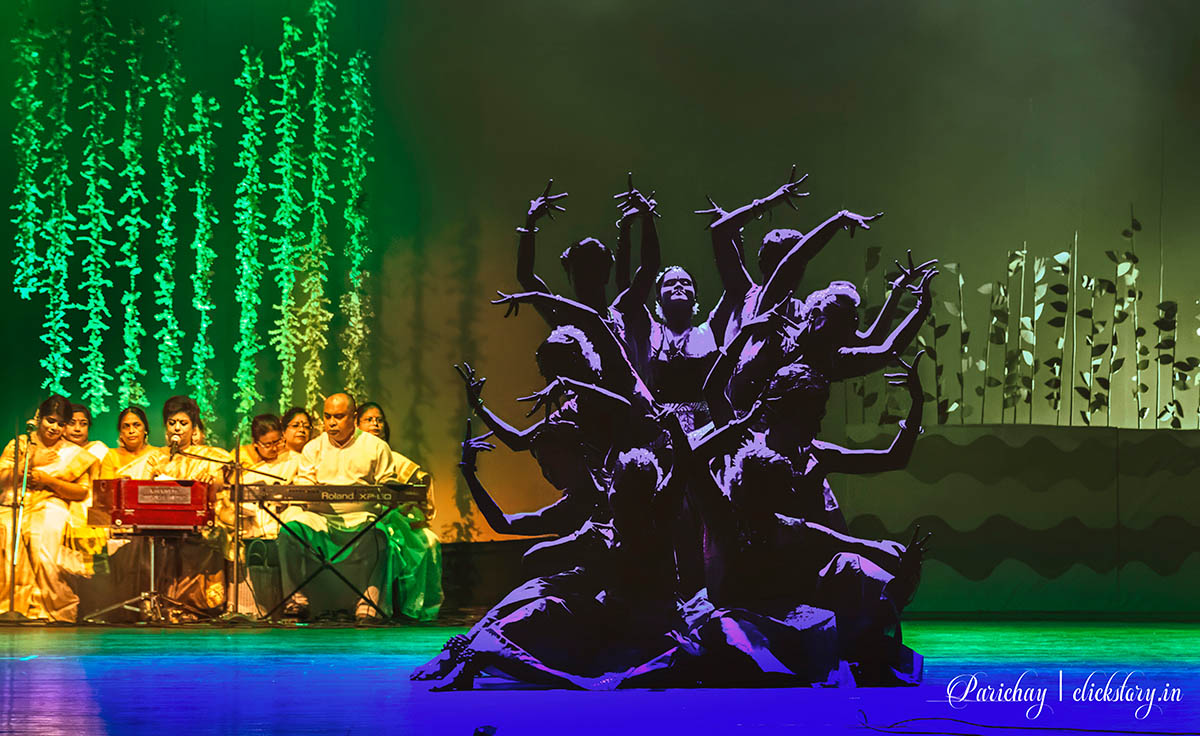
Understanding Low Light Photography:
Low light photography refers to capturing images in conditions where the available light is limited. It requires longer exposure times or higher sensitivity settings (ISO) to achieve proper exposure. While shooting in low light can present technical challenges such as noise and motion blur. It also offers opportunities for creativity and mood-setting through the manipulation of light and shadow.
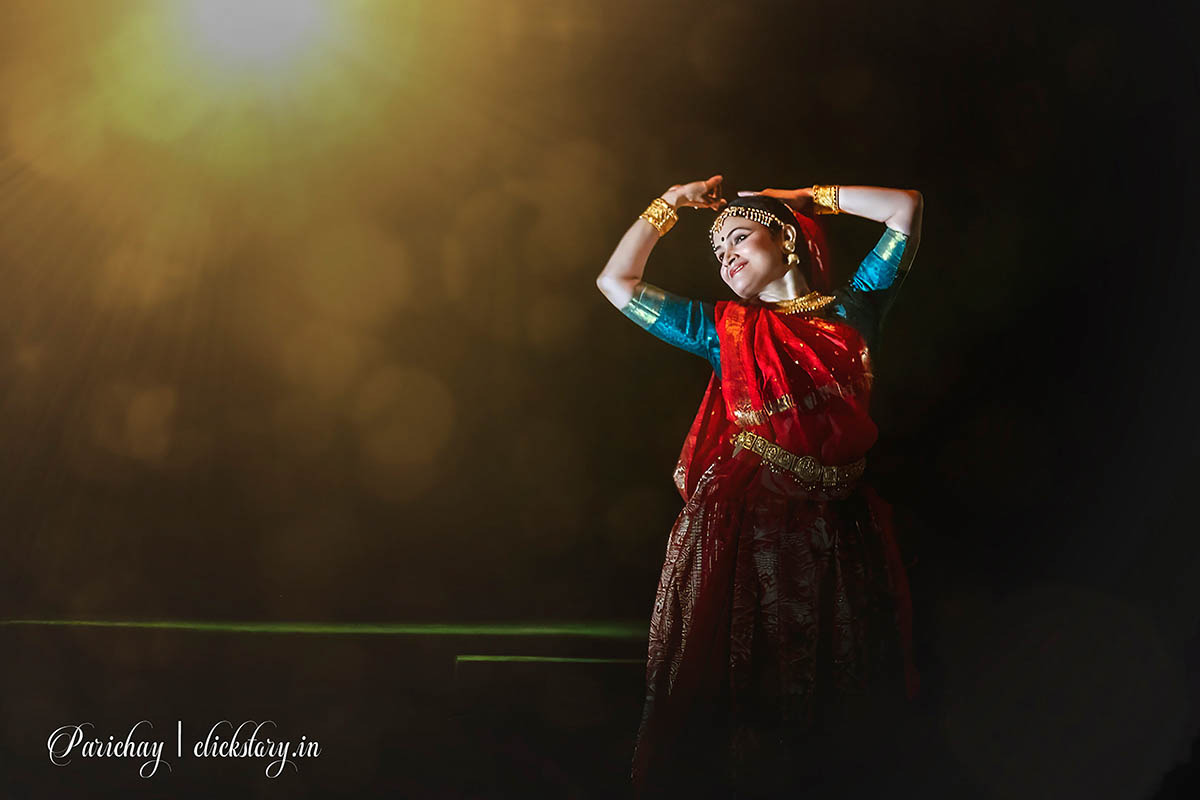
Equipment Essentials:
Camera: Choose a camera with good low light performance, typically characterized by larger sensor sizes and advanced noise reduction capabilities. Mirrorless cameras and DSLRs with full-frame sensors and AI often excel in low light conditions due to their ability to capture more light.
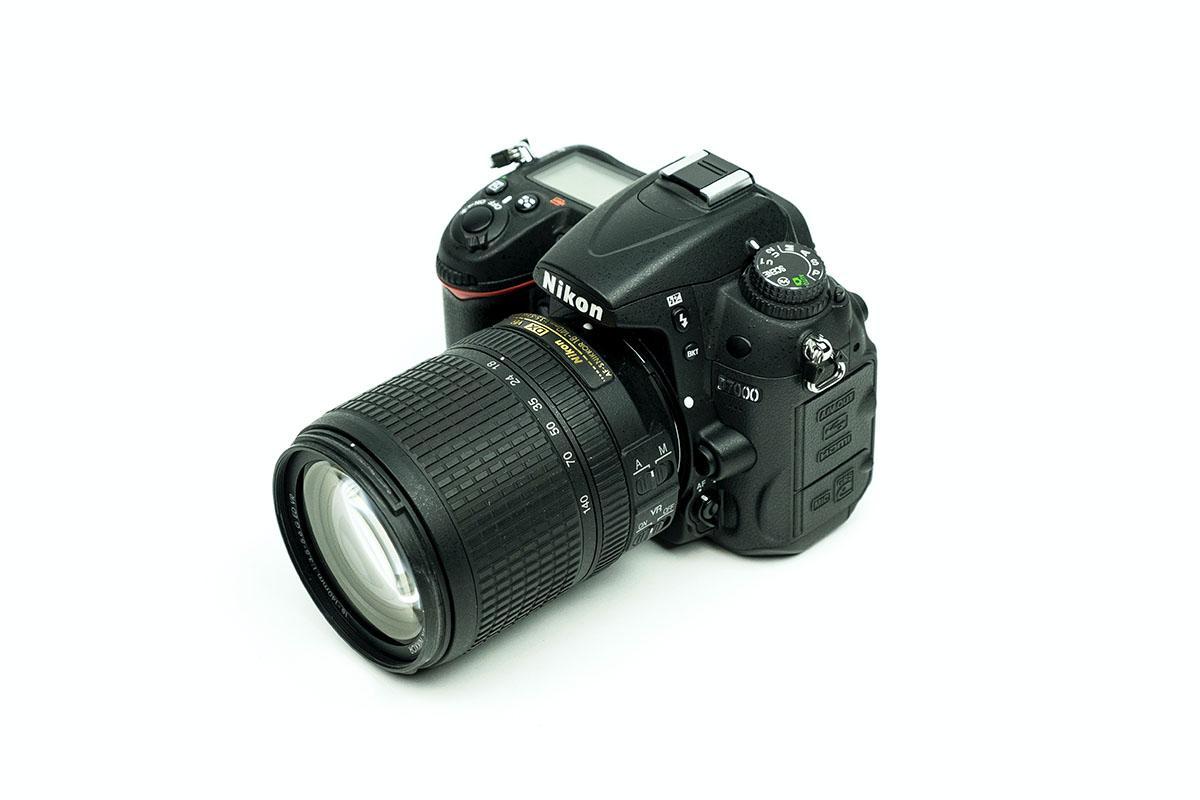
Lenses: Select the lenses with wide maximum apertures (low f-stop numbers), such as prime lenses or fast zoom lenses. Wide apertures allow more light to enter the camera, enabling faster shutter speeds and lower ISO settings while maintaining image quality.

Tripod: A sturdy tripod is indispensable for low light photography, providing stability and allowing for longer exposure times without camera shake. Invest in a lightweight and portable tripod that you can easily carry with you on location.
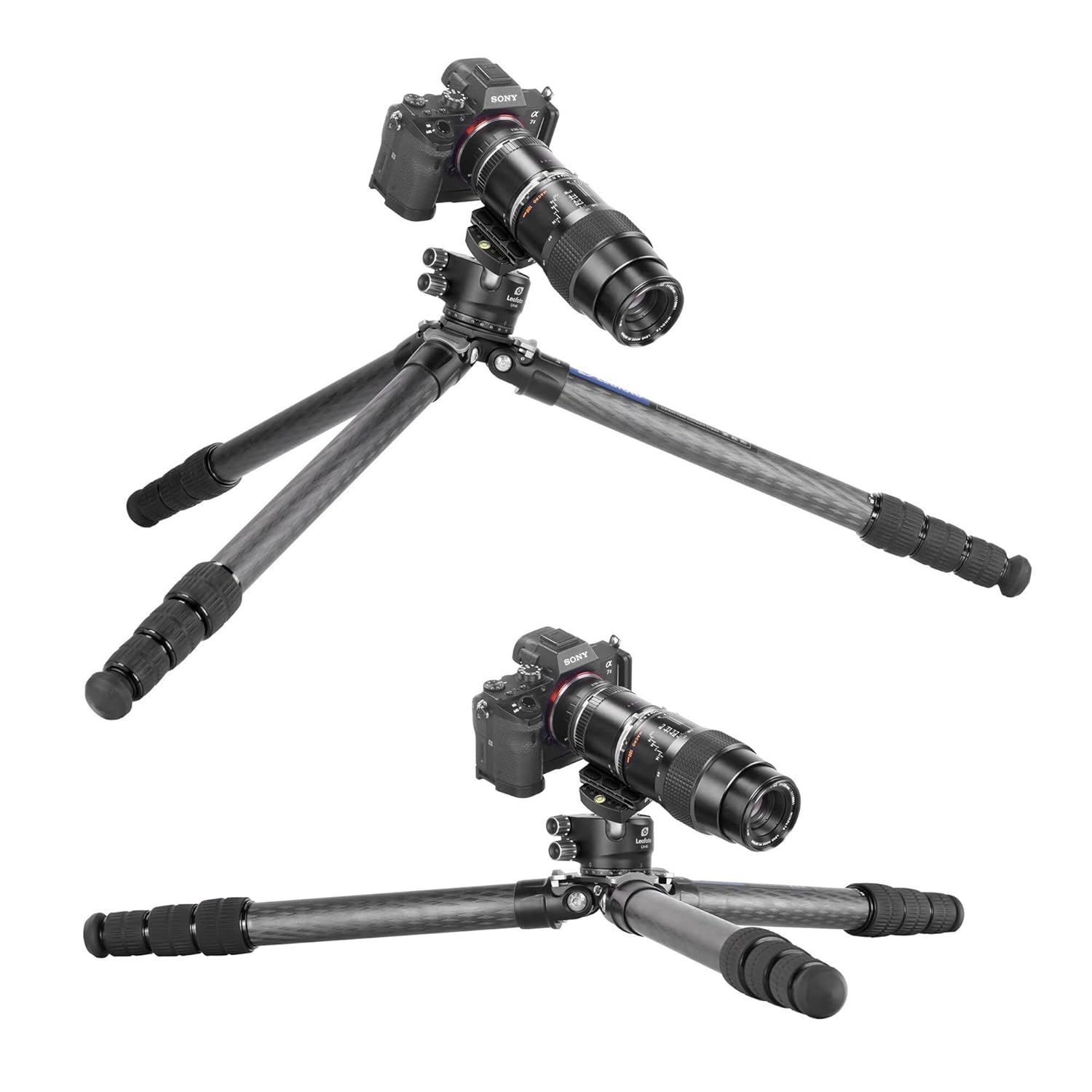
Techniques for Success:
Manual Mode: Take control of your camera settings by shooting in manual mode. Adjust the aperture, shutter speed, and ISO to achieve the desired exposure, taking into account the available light and the effect you want to achieve.
Use a Wide Aperture: When shooting in low light, open up your lens to its widest aperture to maximize the amount of light reaching the camera sensor. A wide aperture not only allows for faster shutter speeds but also creates a shallow depth of field, which can help isolate subjects and create a sense of depth in your images.

Slow Sync Flash: Experiment with slow sync flash techniques to balance ambient light with the illumination from your camera’s flash. Slow sync flash combines a longer exposure time with a burst of flash at the end of the exposure, allowing you to capture both the ambient light and freeze motion with the flash.
Image Stabilization: If your camera or lens is equipped with image stabilization (IS) technology, activate it to reduce the effects of camera shake when shooting handheld in low light. Image stabilization helps maintain sharpness and clarity in your images, even at slower shutter speeds.

Long Exposure Photography: Embrace the creative possibilities of long exposure photography in low light conditions. Experiment with long shutter speeds to capture motion blur, light trails, or the soft flow of water in landscapes and cityscapes.
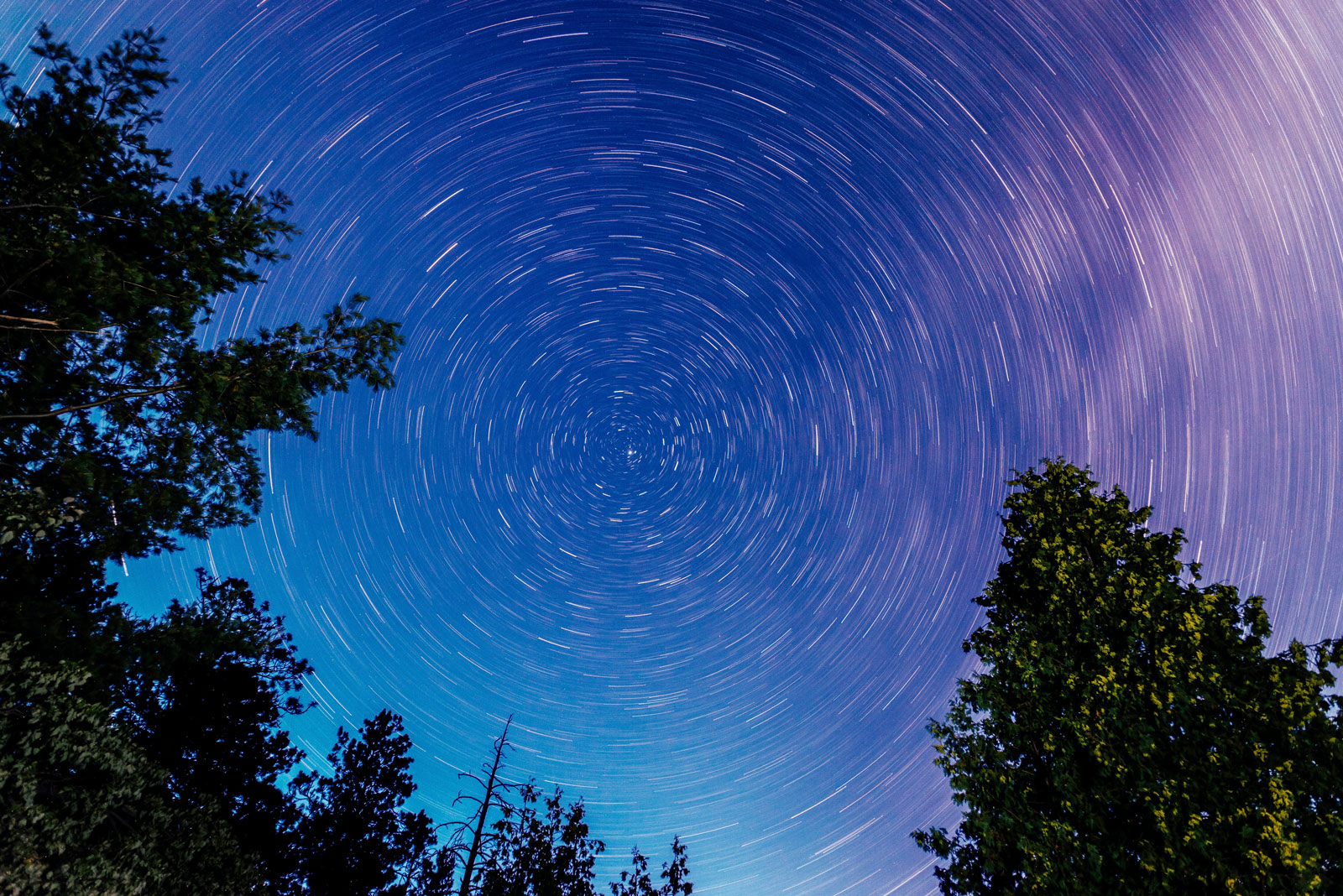
Bracketing: Use exposure bracketing to capture a series of images at different exposure settings, ensuring that you have a range of options to choose from when processing your images. Bracketing is particularly useful in high-contrast scenes where the dynamic range exceeds the capabilities of your camera’s sensor.
Creative Approaches:
Experiment with Shadows: Use the interplay of light and shadow to create dramatic compositions that draw the viewer’s eye and evoke mood and emotion. Position your subjects strategically to take advantage of interesting light patterns and shadows cast by ambient light sources.
Capture Atmospheric Scenes: Low light conditions often lend a sense of mystery and atmosphere to your images. Look for opportunities to capture the mood of a scene, whether it’s the soft glow of twilight, the twinkling lights of a city skyline, or the ethereal beauty of a starry night sky.
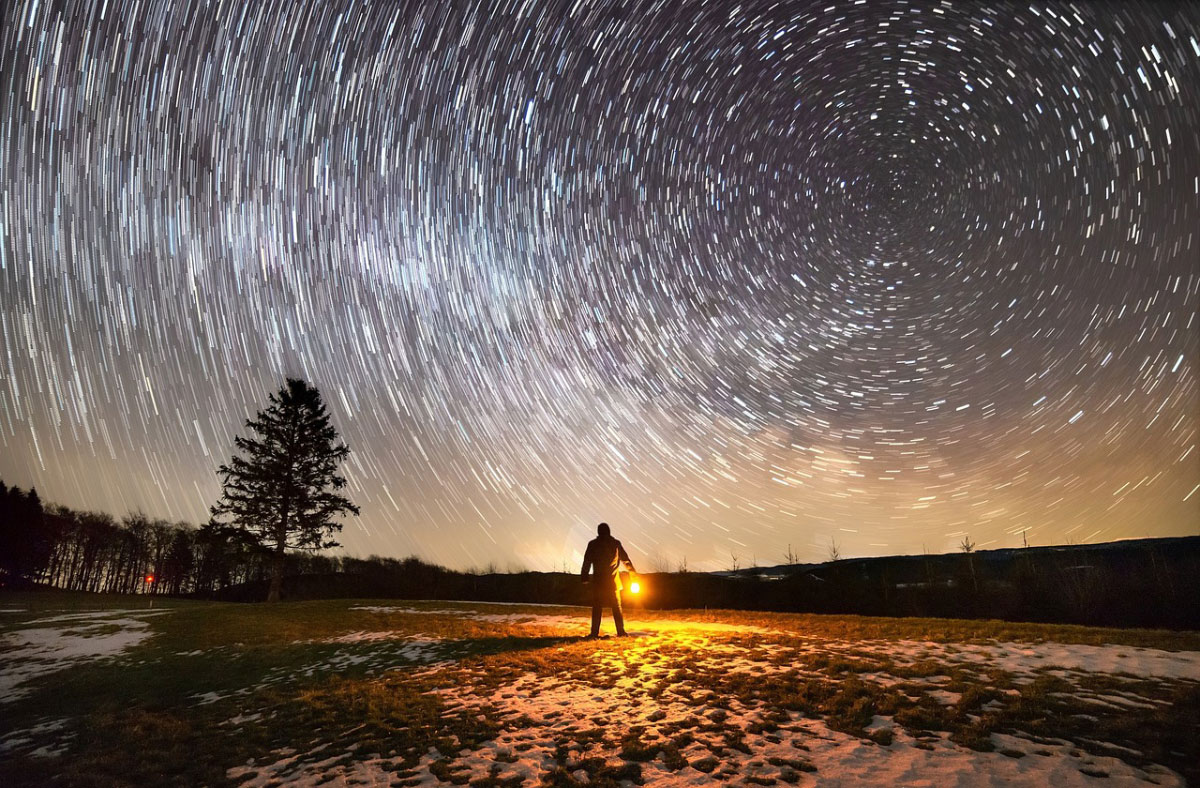
Embrace High ISO: Don’t be afraid to increase your camera’s ISO setting to achieve proper exposure in low light conditions. While higher ISO settings can introduce noise into your images, modern cameras are capable of producing impressive results at higher ISOs, especially when shooting in RAW format and applying noise reduction in post-processing.
Conclusion:
Mastering the art of low light photography requires a combination of technical proficiency, creative vision, and experimentation. By understanding your equipment, employing the right techniques, and embracing the creative possibilities of low light conditions, you can capture stunning images that resonate with viewers and convey the unique atmosphere of the moment. So, grab your camera, venture into the darkness, and unlock the hidden beauty waiting to be discovered in the world of low light photography.
